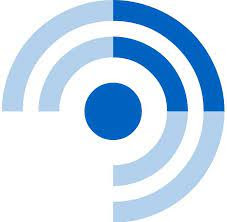
In 2024, the tourism sector generated $647 million (over Frw 932 billion) for Rwanda, marking a 4.3% increase compared to the previous year.
RDB's 2024 annual report attributes this growth to a 27% increase in gorilla-based tourism and an 11% rise in air travel.
Each year, 10% of the revenue generated by national parks is shared with neighbouring communities and used for public interest initiatives and socio-economic development projects.
The report indicates that 105 community projects received financial support. A significant portion, about 43.1%, focused on agriculture-related activities, while 41% were dedicated to infrastructure development.
Another 10.5% of the funds were used to provide various equipment, 2.9% supported the repair of property damaged by wildlife, and the remaining 1.9% went toward strengthening local businesses near the park.
While briefing members of the Parliamentary Committee on National Budget and State Assets, RDB officials highlighted the Volcanoes Community Resilience Project, aimed at supporting communities surrounding the park.
This project has a three-year budget of Frw 30,778,107,419 and is set for implementation through 2028.
In the draft budget for fiscal year 2025/2026, the project has been allocated Frw 1,764,645,080.
In 2024, the number of visitors to Rwanda's national parks increased to 138,000, generating $38.8 million, up from $35.8 million in 2023.
Since 2005, over Frw 10 billion has been invested in projects that improve the livelihoods of communities around Rwanda's national parks, including Volcanoes, Nyungwe, and Akagera.
Through collaboration between RDB, local governments, and park communities, more than 880 projects have been developed to enhance community wellbeing. These include schools, health centres, housing for families, water supply systems, and agriculture-related development initiatives.

IGIHE
